Design Guidelines
Chapter 11: Design Of Feedback Controllers
Views : 7
Chapter 11 Design Of Feedback Controllers
Source: https://www.utp.edu.my
Prepared By: Prof. Dr. Marappagounder Ramasamy, Dr. Serene Lock, Dr. Mohd Hilmi Noh, Dr. Nurul Aini Amran
Usually dispatched in 2 to 3 days
Usually dispatched in 2 to 3 days
Category:
Design Guidelines
Only logged in customers who have purchased this product may leave a review.
Related books
Chapter 3. Activated Carbon Columns Plant Design
Maybe, the first question that we have to ask ourselves is related to the decision of an adsorprtion process using activated carbon for the removal of micro pollutants is efficient. The theory says that the adsorbability of an organic molecule increases with increasing molecular weight and decreasing solubility and polarity. This means that high molecular weight compounds with low solubility, such as most pesticides, are well adsorbed, so the first idea is plenty justified.
Chapter 3. Activated Carbon Columns Plant Design
Maybe, the first question that we have to ask ourselves is related to the decision of an adsorprtion process using activated carbon for the removal of micro pollutants is efficient. The theory says that the adsorbability of an organic molecule increases with increasing molecular weight and decreasing solubility and polarity. This means that high molecular weight compounds with low solubility, such as most pesticides, are well adsorbed, so the first idea is plenty justified.
Design of Water Filter for Third World Countries
Abstract
The residents in third world countries battle against waterborne diseases every day. It is a luxury to have access to safe drinking water. However, it is extremely difficult to invest on a water filter with minimal annual income. A low cost water filter can serve as a subsidy such that every family can take advantage of this luxury. In this thesis, literature reviews on existing water filters have been completed and design of a dual level water filter with ceramic and activated carbon is developed. Water flow rate tests are carried out to optimize water filter design.
Further, the filter effectiveness in diminishing various contaminates is analyzed by a licensed sampling laboratory. A manufacturing line to produce the dual water filters is proposed and the cost of manufacturing a unit is calculated to be $1.53 USD, which is an affordable price for people in third world countries. With a low cost water filter available, residents in the third world countries could enjoy having safe drinking water and improve quality of life.
Design of Water Filter for Third World Countries
Abstract
The residents in third world countries battle against waterborne diseases every day. It is a luxury to have access to safe drinking water. However, it is extremely difficult to invest on a water filter with minimal annual income. A low cost water filter can serve as a subsidy such that every family can take advantage of this luxury. In this thesis, literature reviews on existing water filters have been completed and design of a dual level water filter with ceramic and activated carbon is developed. Water flow rate tests are carried out to optimize water filter design.
Further, the filter effectiveness in diminishing various contaminates is analyzed by a licensed sampling laboratory. A manufacturing line to produce the dual water filters is proposed and the cost of manufacturing a unit is calculated to be $1.53 USD, which is an affordable price for people in third world countries. With a low cost water filter available, residents in the third world countries could enjoy having safe drinking water and improve quality of life.
An Engineers Guide to Shaft Alignment, Vibration Analysis, Dynamic Balancing & Wear Debris Analysis
Introduction
The purpose of producing this handbook is to provide basic information and guidelines for the implementation of good shaft alignment, vibration analysis and dynamic balancing practice for standard rotating machines systems.
Laser alignment, dynamic balancing and condition monitoring are essential components of a viable maintenance strategy for rotating machines. In isolation each strategy helps to reduce unexpected machine failure but taken together they form the hub of a proactive maintenance strategy that will not only identify incipient problems but will extend machine operating life considerably.
In each section of this handbook we have used one or two examples of the available methods for measuring the required parameters. We do not suggest that the methods illustrated are the only ones available. For anyone wishing to pursue further the subjects covered here a bibliography of some of the available literature is to be found at the end of this handbook.
An Engineers Guide to Shaft Alignment, Vibration Analysis, Dynamic Balancing & Wear Debris Analysis
Introduction
The purpose of producing this handbook is to provide basic information and guidelines for the implementation of good shaft alignment, vibration analysis and dynamic balancing practice for standard rotating machines systems.
Laser alignment, dynamic balancing and condition monitoring are essential components of a viable maintenance strategy for rotating machines. In isolation each strategy helps to reduce unexpected machine failure but taken together they form the hub of a proactive maintenance strategy that will not only identify incipient problems but will extend machine operating life considerably.
In each section of this handbook we have used one or two examples of the available methods for measuring the required parameters. We do not suggest that the methods illustrated are the only ones available. For anyone wishing to pursue further the subjects covered here a bibliography of some of the available literature is to be found at the end of this handbook.
Design and Optimization of Ultrafiltration Membrane Setup for Wastewater Treatment and Reuse
With the advances in the membrane technology, there is an ongoing quest to determine the best optimal configuration for an adopted treatment as well as it’s polishing to achieve cumulative sustainability for the treatment process. Henceforth, this thesis report is an evaluation to devise a membrane filtration process for investigating the possibility of treating pre-sedimented municipal wastewater with ceramic ultrafiltration, optimizing the membrane as a pre-treatment for reverse osmosis as an overall strategy for recovering wastewater.
Design and Optimization of Ultrafiltration Membrane Setup for Wastewater Treatment and Reuse
With the advances in the membrane technology, there is an ongoing quest to determine the best optimal configuration for an adopted treatment as well as it’s polishing to achieve cumulative sustainability for the treatment process. Henceforth, this thesis report is an evaluation to devise a membrane filtration process for investigating the possibility of treating pre-sedimented municipal wastewater with ceramic ultrafiltration, optimizing the membrane as a pre-treatment for reverse osmosis as an overall strategy for recovering wastewater.
IMS Design Quick Start Guide
The IMSDesign Quick Start Guide contains information about how you can install the Integrated Membrane System Design (IMSDesign) application. Additionally, this guide contains detailed information about setting the options related to different modules of the application.
IMS Design Quick Start Guide
The IMSDesign Quick Start Guide contains information about how you can install the Integrated Membrane System Design (IMSDesign) application. Additionally, this guide contains detailed information about setting the options related to different modules of the application.
Design of Water Hammer Shock Absorber
Abstract:
In the piping system, water hammer or hydraulic shock is a major issue that engineers need to consider. Water hammer is a phenomenon that leads to shock waves in the fluid due to rapid closing and opening of the valve, which can affect pipes, valves and gauges in any water, gas, or oil applications due to the sudden transient event. It is there for every system that has a flow of fluid through pumping such as houses, hospitals, and influences major effectiveness in the power plant. It occurs when there is a pressure difference in the pipeline leading to a loud noise. Specifically, this project is aimed to design a pipeline system and develop solutions to reduce the water hammer using a shock absorber. The main idea of the design project is to design a water hammer system using a shock absorber in order to reduce the shock waves of the pipes.
Design of Water Hammer Shock Absorber
Abstract:
In the piping system, water hammer or hydraulic shock is a major issue that engineers need to consider. Water hammer is a phenomenon that leads to shock waves in the fluid due to rapid closing and opening of the valve, which can affect pipes, valves and gauges in any water, gas, or oil applications due to the sudden transient event. It is there for every system that has a flow of fluid through pumping such as houses, hospitals, and influences major effectiveness in the power plant. It occurs when there is a pressure difference in the pipeline leading to a loud noise. Specifically, this project is aimed to design a pipeline system and develop solutions to reduce the water hammer using a shock absorber. The main idea of the design project is to design a water hammer system using a shock absorber in order to reduce the shock waves of the pipes.
CoolToolsTM Chilled Water Plant Design and Specification Guide
Abstract:
The CoolToolsTM Chilled Water Plant Design and Specification Guide is targeted to a technical design audience. It includes design issues such as selection of coils, application of different piping distribution systems, design and applications of controls, mitigation of low delta-t syndrome, and a myriad of other performance critical issues. It also includes a section on Performance Specifications, which is targeted to equipment specifiers, including engineers and facility purchasing agents. It details methods to request and analyze the performance data of submitted equipment. Topics include zero tolerance performance specifications, applications of witness tests, and performance tables for bid alternates.
CoolToolsTM Chilled Water Plant Design and Specification Guide
Abstract:
The CoolToolsTM Chilled Water Plant Design and Specification Guide is targeted to a technical design audience. It includes design issues such as selection of coils, application of different piping distribution systems, design and applications of controls, mitigation of low delta-t syndrome, and a myriad of other performance critical issues. It also includes a section on Performance Specifications, which is targeted to equipment specifiers, including engineers and facility purchasing agents. It details methods to request and analyze the performance data of submitted equipment. Topics include zero tolerance performance specifications, applications of witness tests, and performance tables for bid alternates.
Guidelines for Drinking-Water Quality
The primary purpose of the Guidelines for drinking-water quality is the protection of public health. The Guidelines provide the recommendations of the World Health Organization (WHO) for managing the risk from hazards that may compromise the safety of drinking-water. The recommendations should be
considered in the context of managing the risk from other sources of exposureto these hazards, such as waste, air, food and consumer products.
Guidelines for Drinking-Water Quality
The primary purpose of the Guidelines for drinking-water quality is the protection of public health. The Guidelines provide the recommendations of the World Health Organization (WHO) for managing the risk from hazards that may compromise the safety of drinking-water. The recommendations should be
considered in the context of managing the risk from other sources of exposureto these hazards, such as waste, air, food and consumer products.
Design Characteristics For Evaporation Ponds In Wyoming
ABSTRACT:
Information for the design of evaporation ponds in Wyoming has been developed. The suitability of various models for estimating evaporation and its variability was investigated while the spatial and temporal variabilities of net evaporation at seven locations were described. A routing procedure was developed to analyze the effects of uncertainty in net evaporation estimates on the probability of pond failure. Comparison of equations which estimate evaporation using climatological data showed that the equations vary greatly in their ability to define the variability of evaporation. The Kohler-Nordenson-Fox equation provided monthly and annual evaporation estimates having statistics resembling those of
measured pan data closer than any of seven other equations tested. The equation requires temperature, radiation, wind, and humidity data as inputs. The Kohler-Nordenson-Fox equation using climatic data extrapolated from nearby stations provided better definition of the variability of evaporation than did equations requiring only on-site temperature data. However, results indicate that extreme care must be taken in selecting the stations from which data will be extrapolated. Monthly and annual means, standard deviations, and highest and lowest evaporation and net evaporation values have been calculated for seven Wyoming stations. The year-to-year and spatial variation of evaporation and/or net evaporation in Wyoming was shown to be great enough to cause serious problems in defining rates for evaporation pond designs. Several factors were shown to exist which might produce uncertainties in any estimate of evaporation. The routing procedure was applied to analyze the effects of these uncertainties and variations. Results indicate that the liquid depth of an evaporation pond depends greatly on evaporation rates and maintenance of minimum liquid depths without pond overflow is very difficult.
Design Characteristics For Evaporation Ponds In Wyoming
ABSTRACT:
Information for the design of evaporation ponds in Wyoming has been developed. The suitability of various models for estimating evaporation and its variability was investigated while the spatial and temporal variabilities of net evaporation at seven locations were described. A routing procedure was developed to analyze the effects of uncertainty in net evaporation estimates on the probability of pond failure. Comparison of equations which estimate evaporation using climatological data showed that the equations vary greatly in their ability to define the variability of evaporation. The Kohler-Nordenson-Fox equation provided monthly and annual evaporation estimates having statistics resembling those of
measured pan data closer than any of seven other equations tested. The equation requires temperature, radiation, wind, and humidity data as inputs. The Kohler-Nordenson-Fox equation using climatic data extrapolated from nearby stations provided better definition of the variability of evaporation than did equations requiring only on-site temperature data. However, results indicate that extreme care must be taken in selecting the stations from which data will be extrapolated. Monthly and annual means, standard deviations, and highest and lowest evaporation and net evaporation values have been calculated for seven Wyoming stations. The year-to-year and spatial variation of evaporation and/or net evaporation in Wyoming was shown to be great enough to cause serious problems in defining rates for evaporation pond designs. Several factors were shown to exist which might produce uncertainties in any estimate of evaporation. The routing procedure was applied to analyze the effects of these uncertainties and variations. Results indicate that the liquid depth of an evaporation pond depends greatly on evaporation rates and maintenance of minimum liquid depths without pond overflow is very difficult.

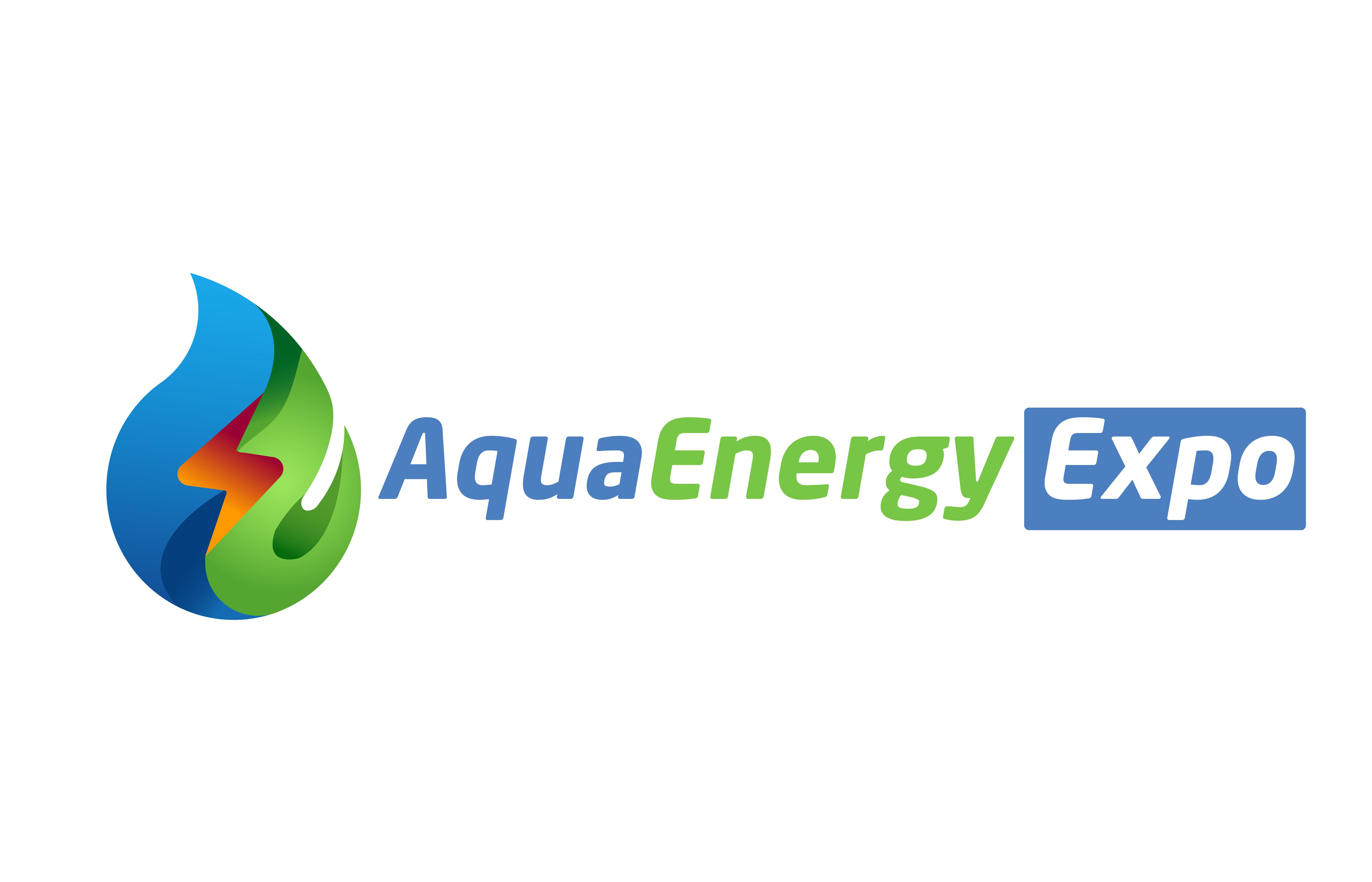

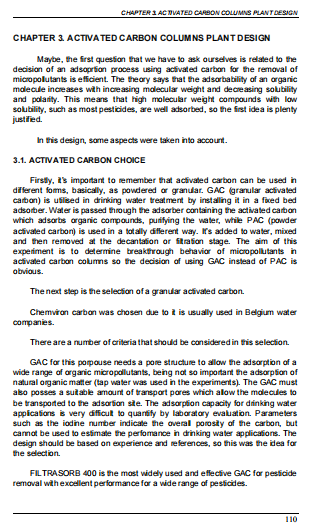

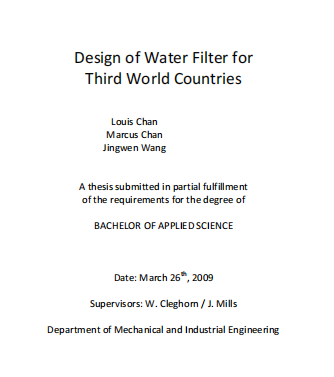
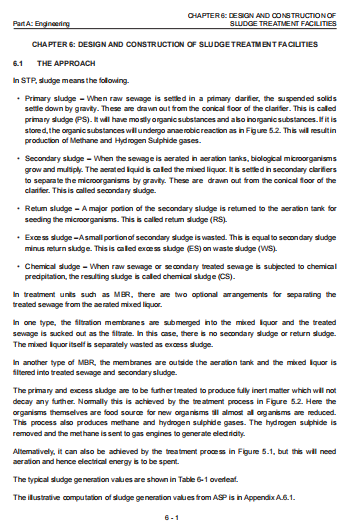
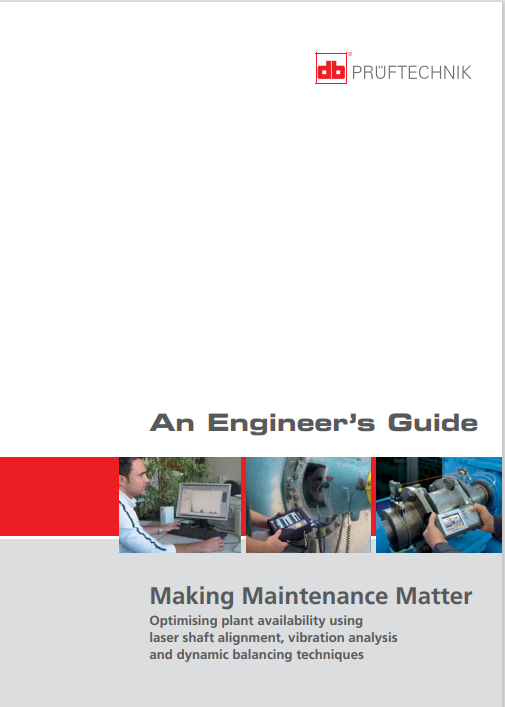
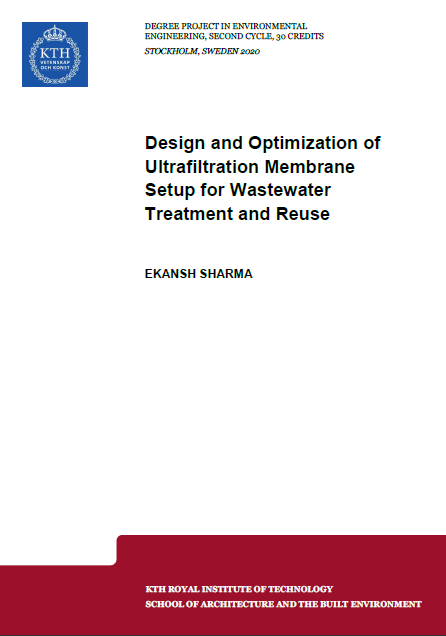
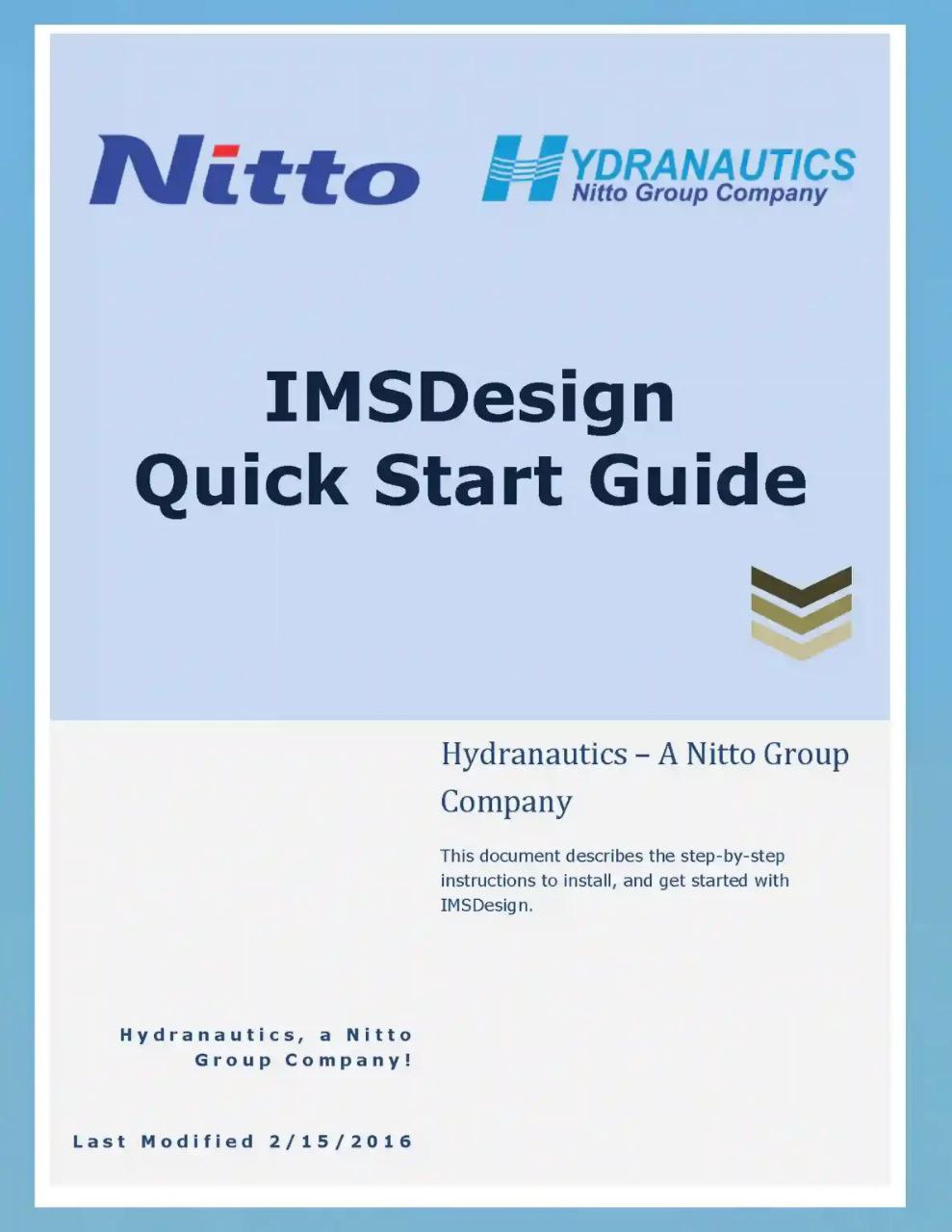
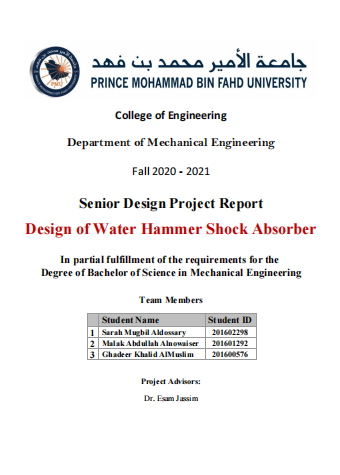




Reviews
There are no reviews yet.